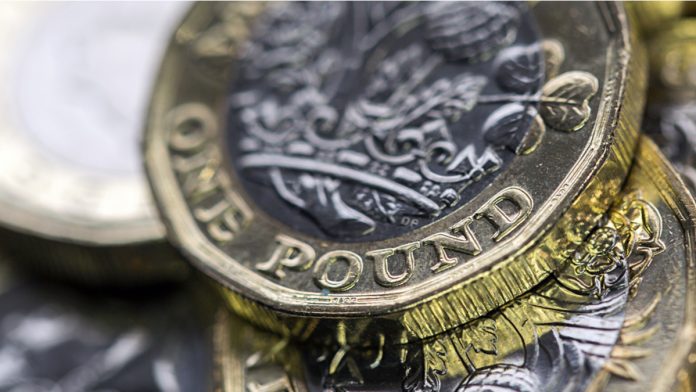- Pound (GBP) rises across the week
- House prices rise for a third straight month
- Euro (EUR) falls after inflation cools
- Eurozone manufacturing PMI rises
The Pound Euro (GBP/EUR) exchange rate is falling for a second straight day. The pair fell -0.36% in the previous session, settling on Wednesday at €1.1444 and trading in a range between €1.1440 – €1.1488. At 09:00 UTC, GBP/EUR trades -0.16% at €1.1425.
The pound is pushing higher against the euro and the US dollar and is on track for solid gains across the week.
The latest push higher comes after the Nationwide house price index rose for a third straight month. Prices rose 0.2% month on month. Prices was down 2% annually, although this was smaller than the 2.3% decline predicted by analysts.
The housing market is showing signs of stabilizing after the Bank of England left interest rates on hold and amid expectations that rates have peaked at 5.25%. A stronger housing market often goes hand in hand with improved consumer confidence.
Meanwhile, the UK manufacturing PMI showed that the downturn eased in November. The PMI rose to 47.2, up from the preliminary reading of 46.7 and well ahead of October’s 44.8 reading. The level 50 separates expansion from contraction. The data suggests that while the sector is still contracting, pressure appears to be easing.
The euro has fallen across the week as inflation data showed that consumer prices cooled to 2.4% annually in November, down from 2.9% in October. This was a larger decline than expected and has raised expectations that the European Central Bank could start cutting interest rates sooner rather than later.
The market is pricing in a rate cut as soon as April next year despite ECB president Christine Lagarde saying that the fight against inflation still hasn’t been won.
Today, eurozone PMI figures were upwardly revised to 44.2 up from 43.1 in October and ahead of the 43.8 preliminary reading. Whilst this is still a very weak reading showing that the downturn remains strong, it is an improvement on the previous month and suggests that a floor may have been reached.
Delving deeper into the data new orders, purchasing activity, and inventories contracted at a slower pace, and business confidence edged up to a three-month high. However, factory job losses in the eurozone extended into a six month with the decrease in employment accelerating at its sharpest pace since August 2020.





